Recaro Seats Aircraft - Dr Mark Shearer, CEO and shareholder of RecaroAircraft Seating, said: "Working with Qatar Airways is always dynamic as they expect excellence in all aspects of their business." A game changer for the airline, it has now been confirmed that it has been selected by the five star airline Qatar Airways.”
Qatar Airways was one of the first airlines to choose the CL3810, which debuted in 2020. Custom seats have a wider backrest for more comfort and privacy, and a six-way headrest with adjustable neck support, available only on Recaroses.
Recaro Seats Aircraft

The latest addition to the Economy Class portfolio, the CL3810 combines innovative ergonomics, premium comfort cushions with layered foam and intelligent lightweight engineering. The unique seat shape is designed to support the occupant's stress points, reflecting Recaro Automotive's award-winning sports seat design. The predecessor CL3810 offered an extra inch of living space, a more advanced articulated seat pan and wider backrests for improved privacy in each row.
Recaro Aircraft Seating To Outfit Qatar Airways With New Economy Class Seat
Sustainability was a primary consideration when developing this seat. Compared to the CL3710, the seat is more than 15 percent lighter, saving airlines thousands of dollars in fuel costs and optimizing cabin performance. AllRecaroseats are made from long-lasting, durable materials that help extend seat life and minimize the airline's total cost of ownership.
"We are delighted to be one of the first global airlines to choose the CL3810 Economy Class seat, Recaro's latest, sustainable and advanced seating product," said Akbar Al Baker, Chief Executive Officer of -Qatar Airways Group. The long-term partnership we established with RecaroAircraft Seating years ago reflects our confidence in the supplier's sample design and technology."
Subscribe to the free Times Aerospace newsletter and receive weekly updates. We will never share your email address.
Emirates today kicks off its major two-year makeover program with a full cabin interior upgrade starting from the first of 120 aircraft... Runway Girl Network uses cookies. By using our site you agree to the use of cookies in accordance with our Privacy Policy.
Recaro Aircraft Seating Equips India's First Boeing 787 9 Aircraft For Vistara
As it enters its 50th anniversary in the production of aircraft seats, Recaro Aircraft Seating faces a changing landscape that requires even more ingenuity to meet the challenges ahead.
The Runway Girl Network sat down with CEO Mark Hiller to discuss how the seat maker plans to use its rich history to meet the changing needs of airlines and passengers, including the their ever important sustainability goals. Schiller revealed that flexible cabs are expected to be part of the future in a number of ways.
Recaro already knows a thing or two about flexible cabins. Years ago, Air New Zealand approached Recaro with the idea of Skycouch - a three-seater economy class that creates a lie-flat space for passengers. Recaro noted that the final design, which has been praised by travelers around the world, represents a collaboration between the two companies.

But even before Skycouch debuted, Recaro was building seats to support European airlines' Eurobusiness configurations on single-aisle aircraft.
Is The Great Covid 19 Airplane Seat Overhaul Happening?
"Innovative convertible seats were developed in the 90s, which can be switched between economy class and business class, especially for narrow-body aircraft. For example, Lufthansa and British Airways use this," Shearer pointed out. "The product is outdated now, but it's still something that the industry doesn't have, which is to have a flexible concept."
In fact, Recaro is already helping airlines adapt to the new Eurobusiness vision, as exemplified by their work for TAP Air Portugal.
TAP turned to Recaro for a new narrow-body hybrid layout for short European hauls. At the back, the plane offers more basic slender lines for economy class passengers. Looking ahead, more functional economy class seats are installed. Image: Recaro
To accommodate the flexible cabins of the future, Recaro is focused on producing aircraft seats that offer the comfort and weight savings that airlines now need to reduce the -fuel consumption and CO2 emissions.
Why Reclining Seats Are Vanishing From Airplanes
The seat maker is known as an innovator in this area, for example, offering literature pockets on the back of the seats and/or lightweight mesh pocket options for storing personal items, which then increases the living space of the seat.
The back of Recaro's BL3710 is customizable and includes a long literature pocket, a power supply, and a cup holder-cup holder combo. Image: John Walton
Replacing the seat's thick foam pad with a thin layer of foam also saves weight, allowing operators to add seats as needed.
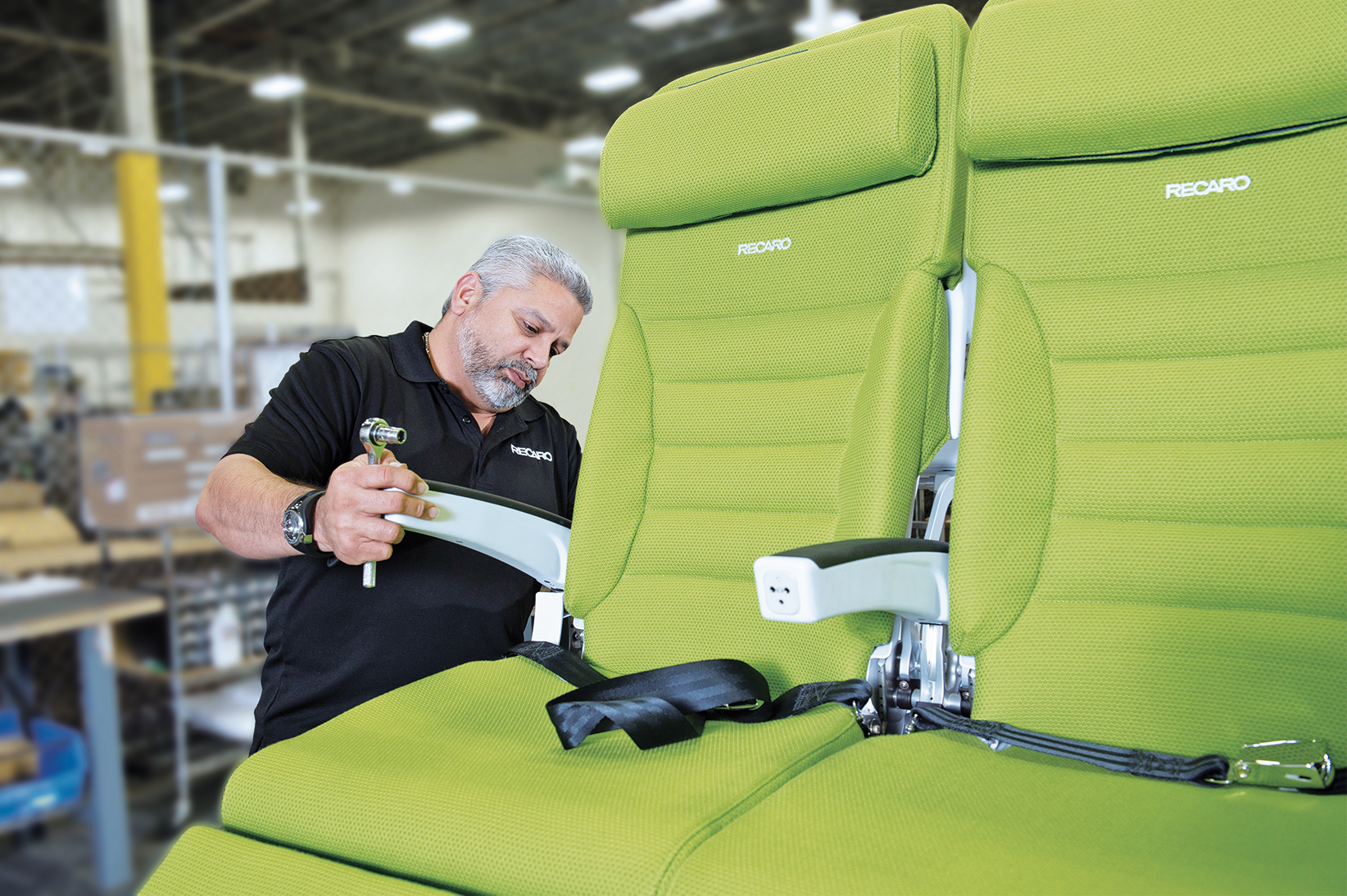
"If the seat is the lightest ever, and as light as possible, then it's definitely about flexibility, how you can use the plane for different flights and markets," said Schiller. "The [Eurobusiness] convertible seat was a good inspiration, so it was born from an innovation that was defined by Recaro in the 1990s."
Hamburg, Germany. 05th Apr, 2017. The Components Of A Recaro Aircraft Seat, Seen At The Booth Of Recaro Aircraft Seating At The Aircraft Interiors Expo In Hamburg, Germany, 05 April 2017. The
It will be interesting to see if airlines that offer the Eurobusiness middle seat setup welcome new iterations of the concept, such as ATR's recent X-Space concept. For example, US start-up Breeze Airways has also expressed an interest in rapidly changing interiors.
Celebrating 50 years of aircraft seat production, Recaro is clearly a powerhouse in economy class seats, but also claims to be a key player in the development of the popular premium economy platform.
"In the 2000s there was an increased focus on premium travel products, the arrival of premium economy, and we are proud to be one of the inventors of premium economy," suggests Shiller.
Both Eva Air and Virgin Atlantic claimed to be the first airlines to offer premium economy in the early 1990s, and hired competitor Recaro to do so.
Jetsmart Picks Recaro Aircraft Seating For New A321neo
But British Airways is also bringing premium economy to its long-haul aircraft. In 2000, a Recaro spokesperson noted that the airline had chosen Recaro to equip its cabins with Premium Traveler 4400 seats, which of course were marked World Traveler Plus.
It's Throwback Thursday! The new millennium began with the "Premium Traveler 4400", developed in cooperation with one of Europe's largest airlines. Do you remember this seat? #RECAROAircraftTurns50 pic.twitter.com/J6nm1b0efI — RECARO Aircraft Seats (@recaro_as) August 4, 2022
The premium economy has remained, especially over the last decade. Hiller points to Emirates' new premium economy platform, built by Recaro, as proof of its impact. CMF's work in these chairs is particularly impressive.

Moving forward, Recaro hopes to bring more premium product designs to a premium economy class. "Airlines also want to make a statement about personalization like you see in business class; you can adjust the temperature, the lights as you want. We asked ourselves how to combine this with apps, for example, to we really get your Passenger experience, that's really personal. It's really exciting to see what can be done in the future," he said.
Recaro Aircraft Seating Sees Flexible Cabins As The Next Frontier Runway Girl
It will do this while continuing to focus on delivering sustainable designs and ensuring that its products last a lifetime. "Using a combinatorial approach, we can now solve both problems better than in the past," explains Shiller.
"First, we did a life cycle assessment of our products; what is the carbon footprint of our products from design, manufacturing, use to recycling? This shows that more than 90% of emissions are driven by the use of the product. So as long as you can adopt more Light material, even if that material has a higher carbon footprint in production, it will reduce overall emissions."
While looking 50 years into the future is futile, Recaro remains fully committed to taking on new challenges, and failing to discover completely new ultra-light materials, more flexibility in the cabin could be the next step to get there. a step towards sustainable air travel.
Staff Writer Fintan is an aviation and transport 'enthusiast' based in London, who writes about industry trends and developments, with a particular focus on the passenger experience and the -elements of 'soft product'... read more Successful business year : Recaro Aircraft seating production increased by 15%, sales exceeded 480 million euros for the first time
Pitch Aircraft Seating
SCHWAEBISCH HALL, Germany – With annual sales of EUR 487 million, Recaro Aircraft Seating saw another increase in sales last year. The German company produced 120,000 seats, an increase of almost 15 percent compared to the previous year. Overall, the global leader in economy class seats has been very successful, with annual revenue growth of more than 10% over the past 15 years, compared to a market average of '5%. The orders for the next three years are very sufficient.
One of the world's largest manufacturers of aircraft seats, Recaro supplied premium seats to 41 airlines and aircraft manufacturers last year - notable among the eight new customers her In 2018, orders from 20 existing customers and 4 new customers were confirmed. Dr. Mark Hiller, CEO and shareholder of Recaro Aircraft Seating, is pleased with the company's development: "We will be adjusting our growth rate upwards over the next few years. Our orders appear good for 2020 and beyond."
But not only the sale and the taking of orders saw the success of the company in the financial year 2017. The investment and the improvement of the efficiencies are also part of the equation. Airlines worldwide, including 8 out of 10 five-star airlines, choose Recaro for industry-leading, outstanding delivery reliability.

Recaro leather seats, recaro classic seats, buy recaro seats, recaro seats, recaro aircraft seats, recaro racing seats mustang, recaro aircraft, mustang gt recaro seats, recaro seats for sale, recaro ls seats, recaro seats usa, miata recaro seats
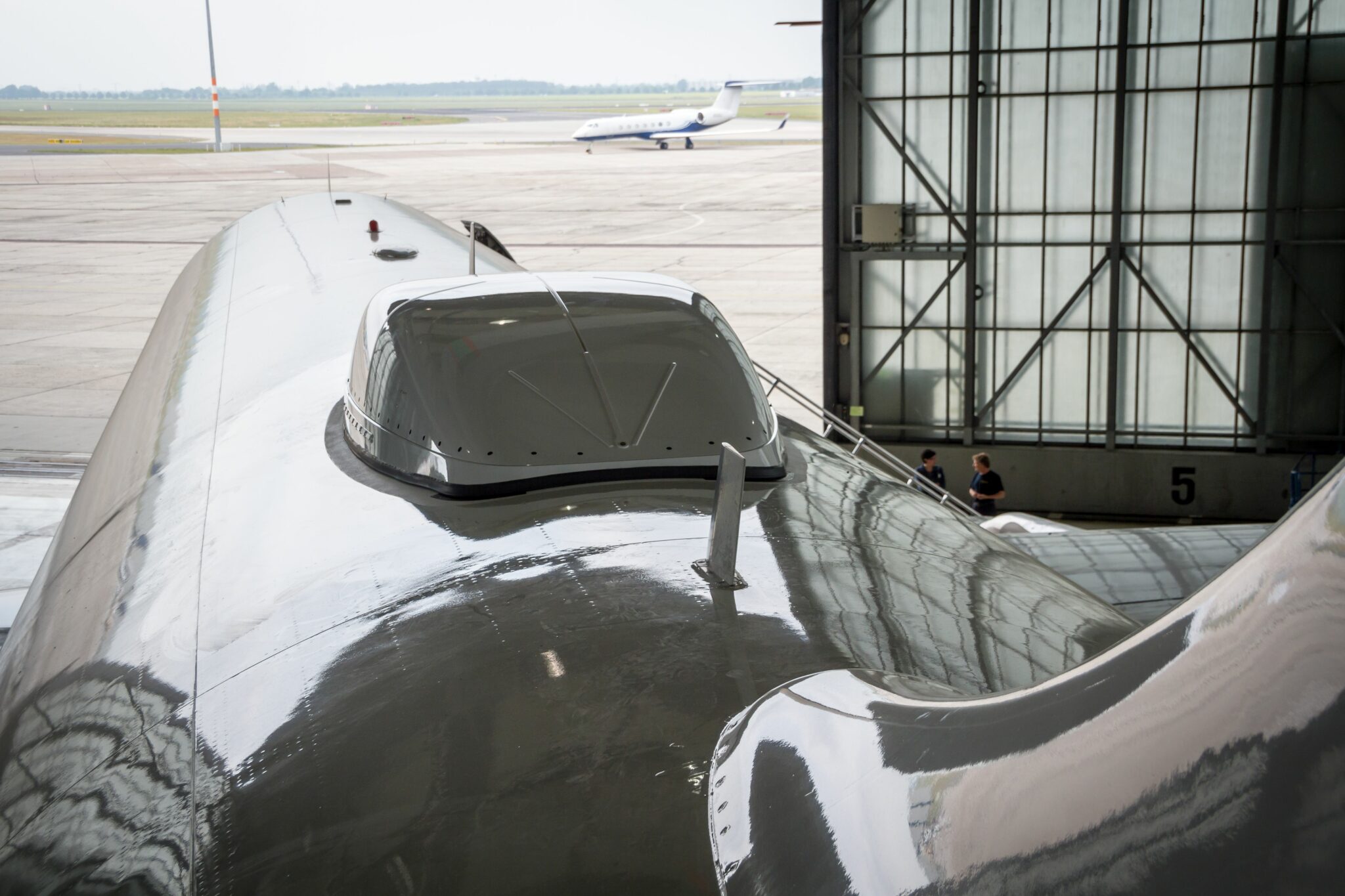
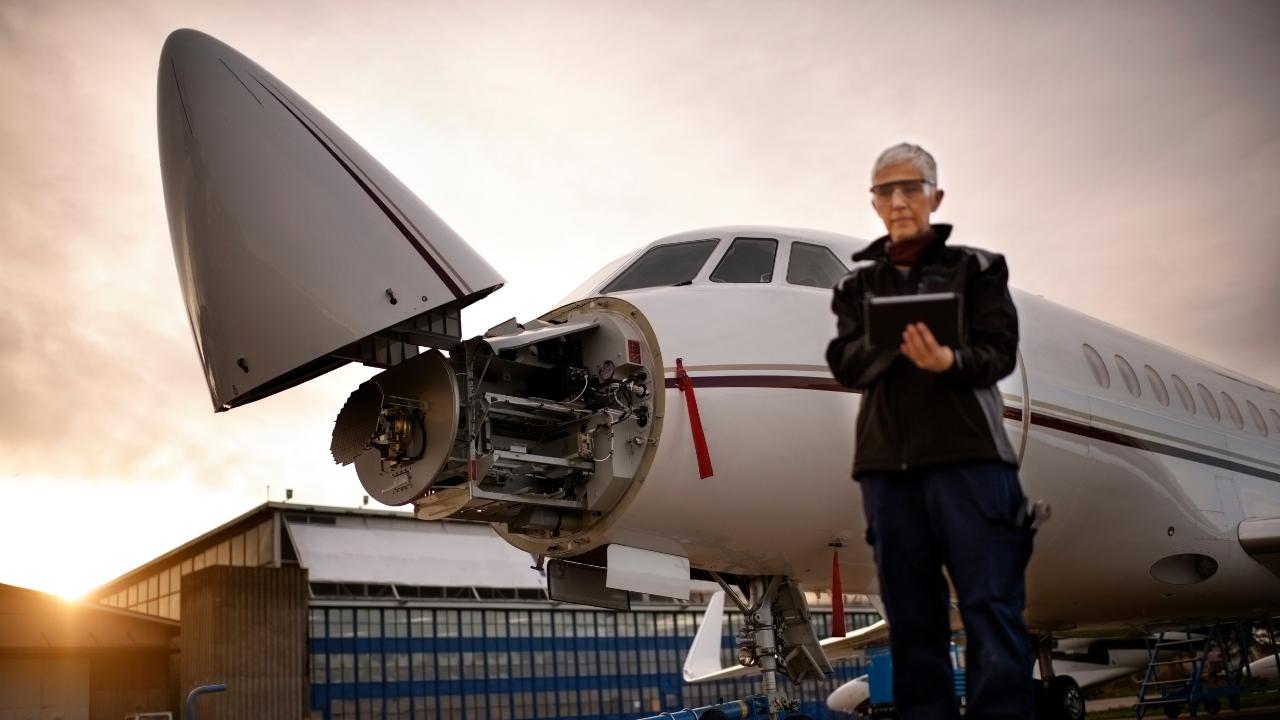
.JPG)
.JPG)
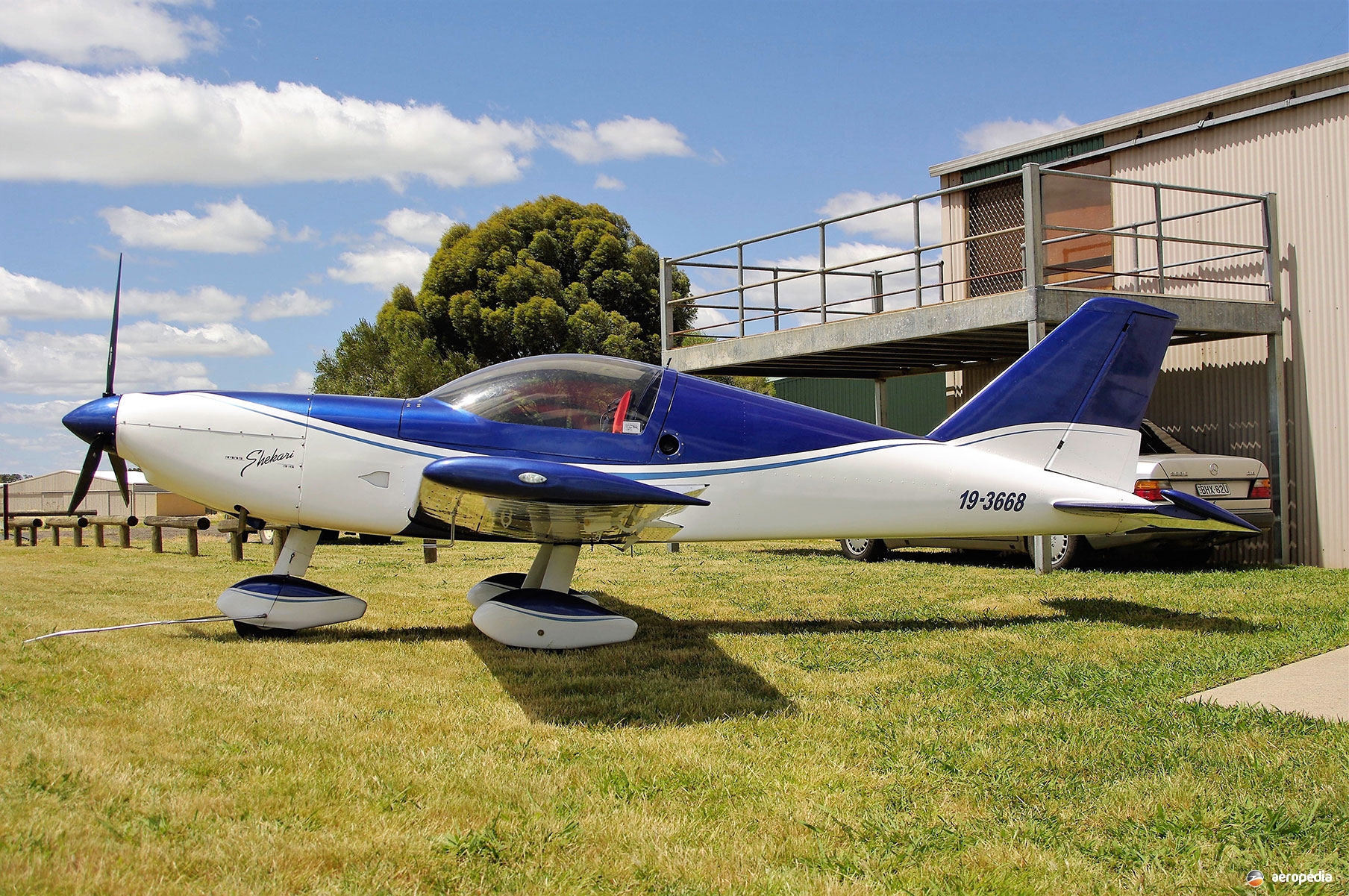
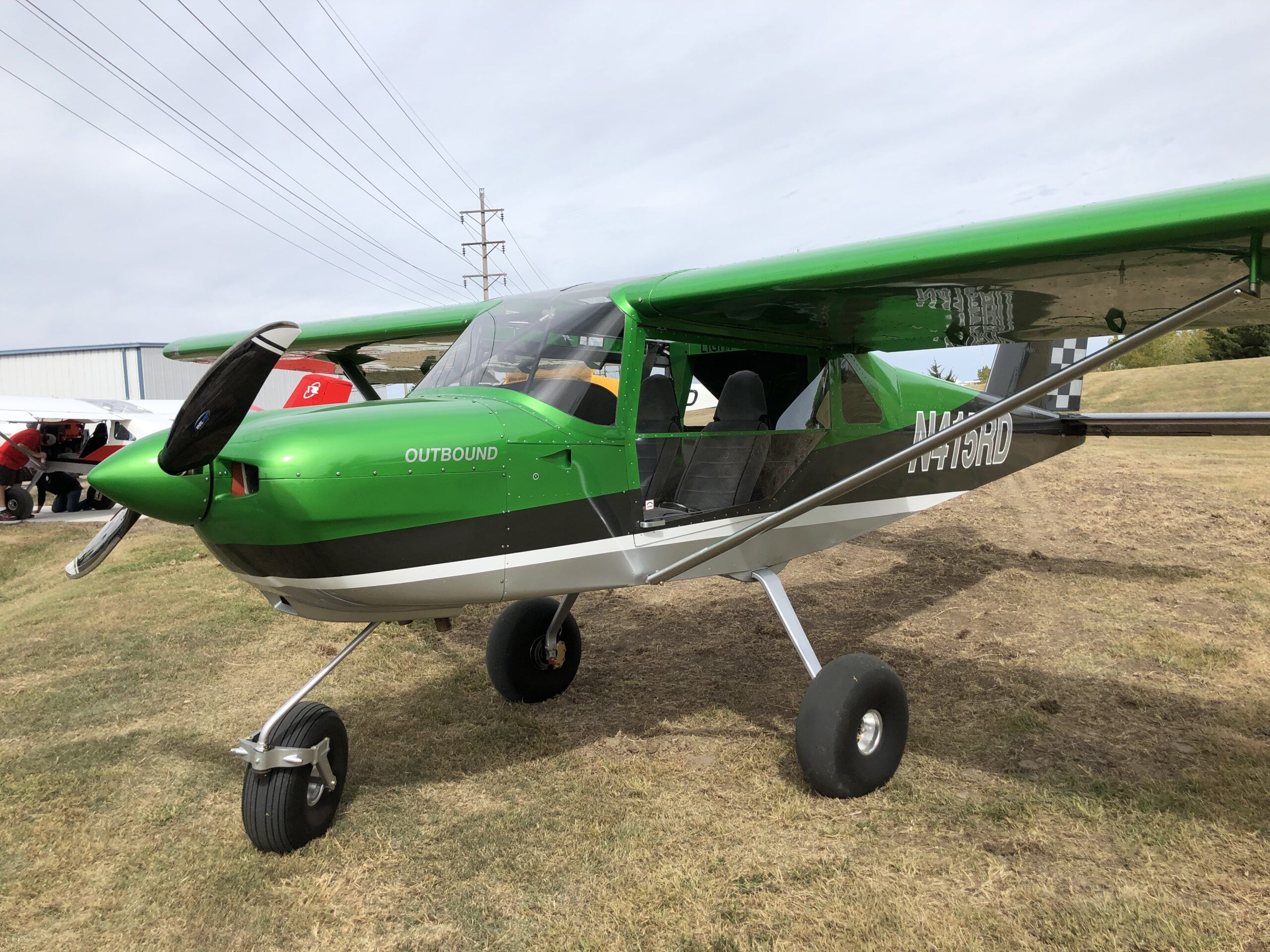









.JPG)